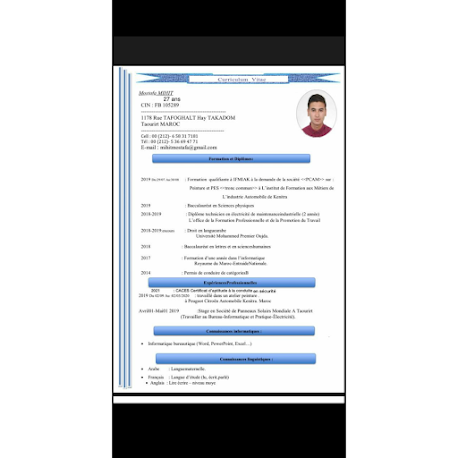Can this novel of forbidden love between an artist and his muse fulfill its promise?
In Alyssa Palombo’s first novel, The Violinist of Venice, she tells the story of the composer Antonio Vivaldi and his secret, wealthy mistress, Adriana d’Amato. Her second, The Most Beautiful Woman in Florence, examines a different kind of artist — painter Sandro Botticelli — and his beautiful but married muse for “The Birth of Venus,” Simonetta Vespucci.
Palombo is clearly enamored with not just Italy and the arts, but also with passion and forbidden love.
The Most Beautiful Woman in Florence promises all the ingredients to entice readers: a stunningly beautiful young woman who inspires love and desire; the famous Medici family; 15th-century Florence; and the Renaissance painter Botticelli.
One of the wealthiest cities in the world at that time, Florence dominated trade and finance. Lorenzo de’ Medici — and his father and grandfather before him — were great patrons of the arts as well as the city’s most influential citizens and financiers. The 15th century spawned artistic, humanistic, technological, and scientific developments known as the Renaissance that are still honored today.
Simonetta is a beautiful woman who, early in the story, weds Marco Vespucci. She was an only child, defined by her beauty since birth, and Simonetta’s parents are anxious to marry her off to a wealthy man who can provide a good life for their daughter and the necessary dowry for their later years.
The Florentine Vespucci not only fits the bill, but is friends with both Lorenzo and Giuliano de’ Medici.
Palombo portrays Florence as a city of great art, intellect, and decadence, its wealthy citizens somewhat at odds with strict, moralistic Catholic teachings.
At first, Simonetta is thrilled with her new life as Marco’s wife and enjoys being the center of attention at the Florentine court. Early in the story, she is drawn to a painting done by Sandro Botticelli and, later, when he asks to paint her, she convinces her husband to agree.
All her life, Simonetta has been told that “beauty was a weapon, a tool, a source of power — sometimes the only one available to a woman.” As the novel unfolds, Simonetta questions her value and how others see her.
Is “such beauty a gift or a curse?” Is beauty “the means to an end”? “What is it about beauty…which makes men think they have the right to desire you?” “This was what beauty was good for. To create a masterpiece.”
While the novel has some powerful moments, particularly at the end, it is weighed down with too much description and too many paragraphs full of Simonetta’s thoughts and reflections. Occasionally, dialogue jars the reader with phrasing that seems too modern, and the prose is too extravagant.
As historical fiction, the story is not immersive enough. The author misses the opportunity to reveal the history surrounding the Medici family and its banking prowess, the political situation of the time, the rich traditions of life in Florence, and more of the artistic world of the Renaissance.a



تعليقات
إرسال تعليق